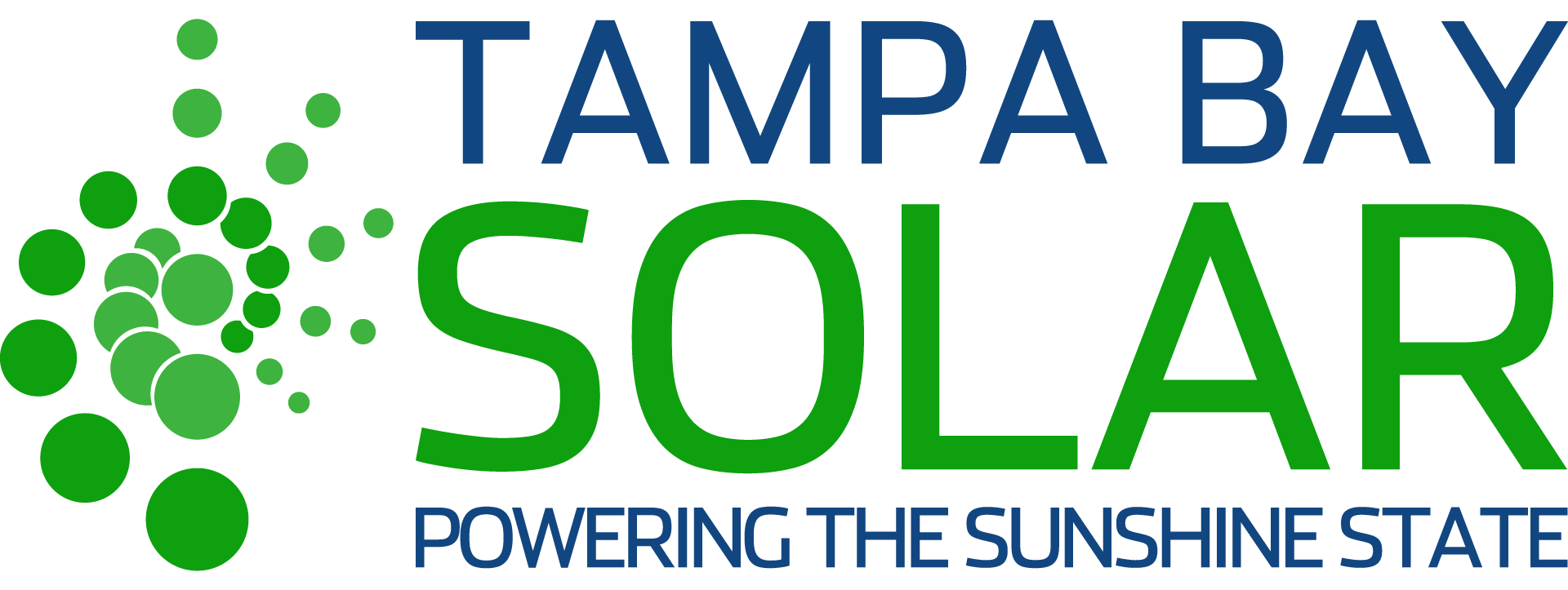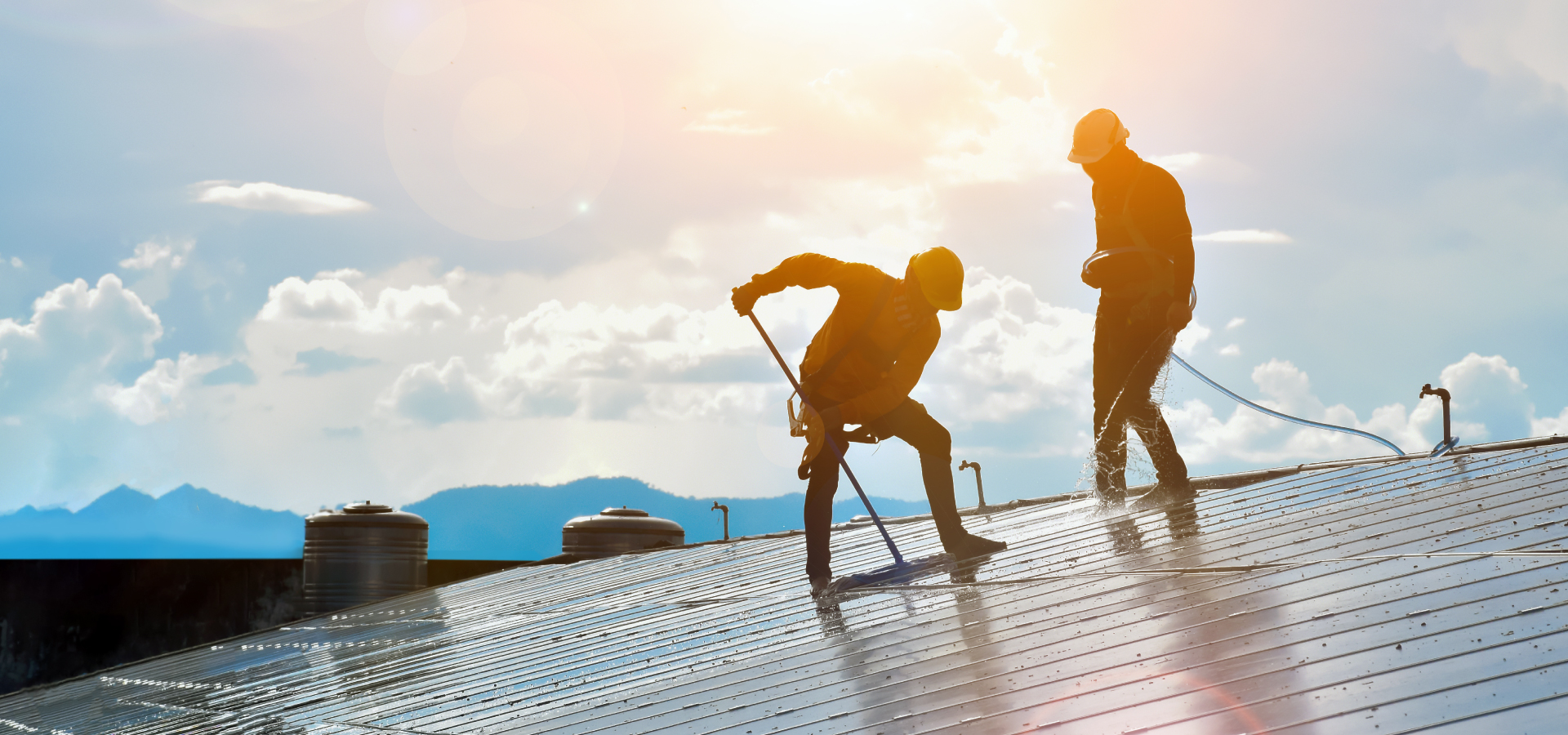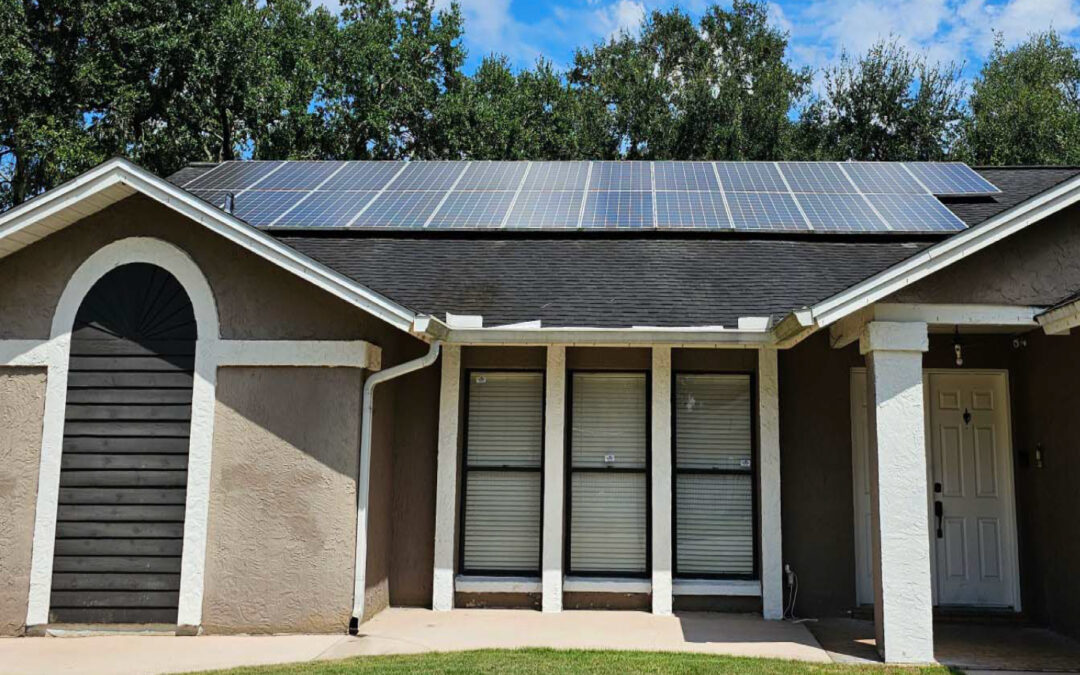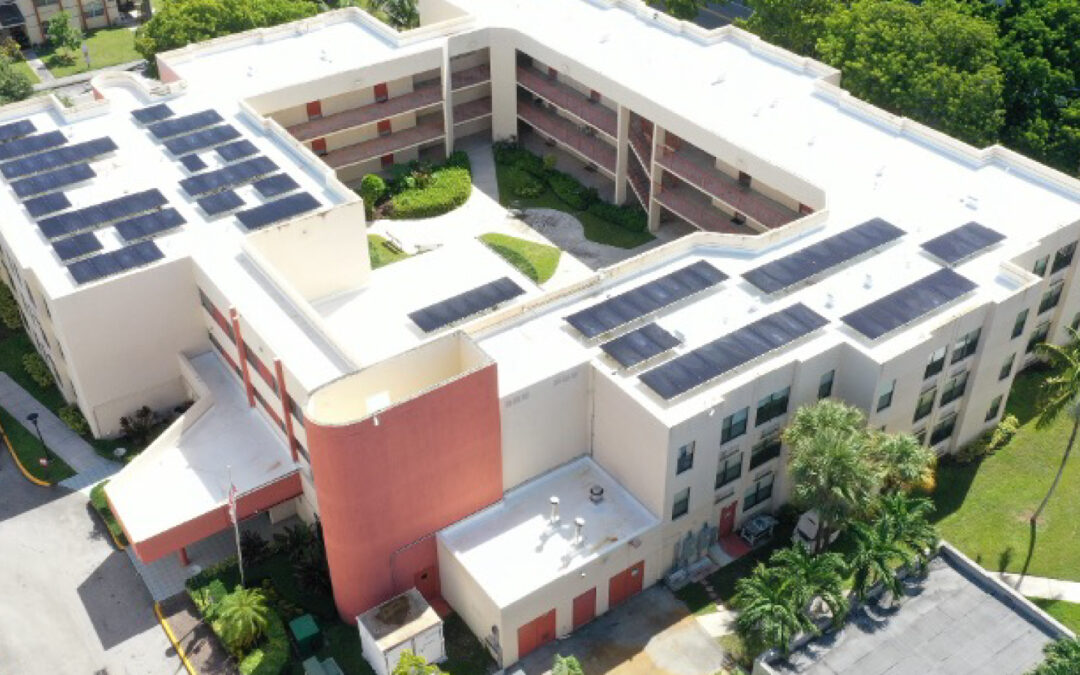You install solar panels and see significant savings. However, power then starts dropping for no apparent reason. Most of the time, it’s just dirt and dust blocking efficiency. Solar panels function like windows, designed to capture maximum sunlight; however, accumulated dirt, dust, bird droppings, and pollution create barriers between the sunshine and electricity generation.
According to Popular Mechanics, research demonstrates that solar panels in heavily polluted environments can experience a 50% efficiency boost after cleaning, with some installations seeing total efficiency drops exceeding 35% when dirt and atmospheric pollution combine forces.
Hidden efficiency killers living on rooftops
Most homeowners remain unaware of how rapidly panels attract unwanted contamination. Ordinary environmental dust accounts for roughly 92% of surface buildup, while human-generated pollution comprises the remaining 8%. Those tiny pollution particles pack a serious punch when they block sunlight from reaching the energy-generating photovoltaic cells underneath.
Consider solar panels like premium sunglasses. Dust settling on lenses still allows vision, but everything appears dimmer. Solar installations experience identical challenges. Even a minimal coating that reduces incoming sunlight by just 5% can reduce energy output by 10-25%. That innocent-looking dust layer blinds expensive energy equipment.
Bird droppings present especially troublesome obstacles. Unlike evenly distributed dust, droppings generate concentrated shadows that can cause entire panel sections to be turned off. These adhesive deposits resist natural cleaning attempts from rain and wind, necessitating targeted removal efforts to restore peak performance.
Location-based cleaning challenges vary wildly
The location of the panels affects how often they need to be cleaned. In deserts, dust storms coat them almost every week. Coastal areas are affected by salt spray, while farms encounter pollen, crop dust, and harvest debris. Cities present their own unique challenges, including car exhaust, factory smoke, and construction dust that adhere tightly to panels and often require specialized cleaning. The tilt of the panels also matters – steeper angles shed dirt more easily, while flat panels collect leaves, water, and grime much faster.
Calculating real money losses from neglect
Even a 1% drop in efficiency on a large solar farm can cost operators around $200,000 per year. Dust and grime commonly reduce residential system output by 5–10% annually, resulting in annual savings of $200–$400, depending on local power rates. In extreme environments (e.g., deserts), losses exceeding 30–40% per year can occur without regular cleaning.
Weather as a cleaning assistant and an obstacle
Natural precipitation serves as an environmental cleaning service, although its effectiveness fluctuates depending on the circumstances. Gentle drizzles frequently worsen contamination by forming muddy films that harden into resistant coatings. Torrential downpours prove more beneficial, provided panels maintain adequate tilting for drainage.
Predictable seasonal weather creates natural cleaning rhythms in certain regions. Rain alone seldom achieves thorough cleaning matching professional manual techniques.
Revolutionary self-cleaning innovations
Cutting-edge self-maintenance technologies transform panel upkeep approaches. Hydrophobic surface treatments create ultra-slick finishes, encouraging contamination to slide away with minimal moisture.
Electrostatic cleaning systems utilize electrical charges, causing dirt particles to adhere to and then automatically leap from panel surfaces. Research demonstrates 100% success rates for light contamination levels.
Automated robotic cleaning units are increasingly being used in large installations, traversing panel arrays with brushes or water to maintain optimal cleanliness.
Advanced monitoring for proactive maintenance
Contemporary solar systems incorporate sophisticated performance tracking, continuously monitoring energy generation. These networks identify efficiency declines before visual confirmation becomes possible, notifying property owners when cleaning intervention becomes necessary.
Intelligent monitoring algorithms compare actual energy harvest against weather-based production expectations. Consistent underperformance, despite favorable sunlight conditions, typically indicates contamination issues that require attention.
Effective cleaning methods for peak performance
Professionals clean solar panels with soft brushes and pure water to protect the glass and prevent stains. If you clean them yourself, do it in the morning or evening with gentle water and no chemicals. Panels in cities may require cleaning every few months, while those in rural areas usually only need cleaning twice a year.
Investment protection through proper maintenance
Clean panels mean more savings from your solar investment. Regular maintenance keeps them working at top efficiency and protects them from early wear. Well-maintained panels can pay for themselves in approximately 8 years, while neglected ones may take up to 15 years. Contact Tampa Bay Solar to keep your system running at its best.
Our Service Areas
Hillsborough County: Tampa, Brandon, Riverview, Valrico, Plant City, Apollo Beach, Sun City Center
Pinellas County: St. Petersburg, Clearwater, Largo, Pinellas Park, Dunedin, Tarpon Springs, Seminole
Manatee County: Bradenton, Palmetto, Lakewood Ranch, Ellenton, Holmes Beach
Sarasota County: Sarasota, Venice, North Port, Osprey, Nokomis, Englewood
Pasco County: Wesley Chapel, New Port Richey, Zephyrhills, Dade City, Land O’ Lakes, Hudson
